Articles
Knowledge Center

End-to-End Supply Chain: Meaning, Benefits, and How to Implement
Fast delivery and exceptional service aren’t luxuries—they’re expectations in today’s competitive landscape. Meeting customer demands requires more than efficient shipping—it calls for complete coordination of the entire supply chain process where an end-to-end supply chain shines. An end-to-end supply chain covers everything from sourcing raw materials to final delivery and after-sales support. This integrated […]
Read More
MOQ Meaning: Its Formula, and How To Optimize It
Minimum Order Quantity (MOQ): Meaning, Formula, and How To Optimize It Minimum Order Quantity (MOQ) represents the smallest amount of a product a supplier is willing to sell at one time. Businesses commonly use minimum order quantities to streamline production processes, manage costs, and meet operational demands. Understanding MOQs ensures better planning and efficient inventory […]
Read More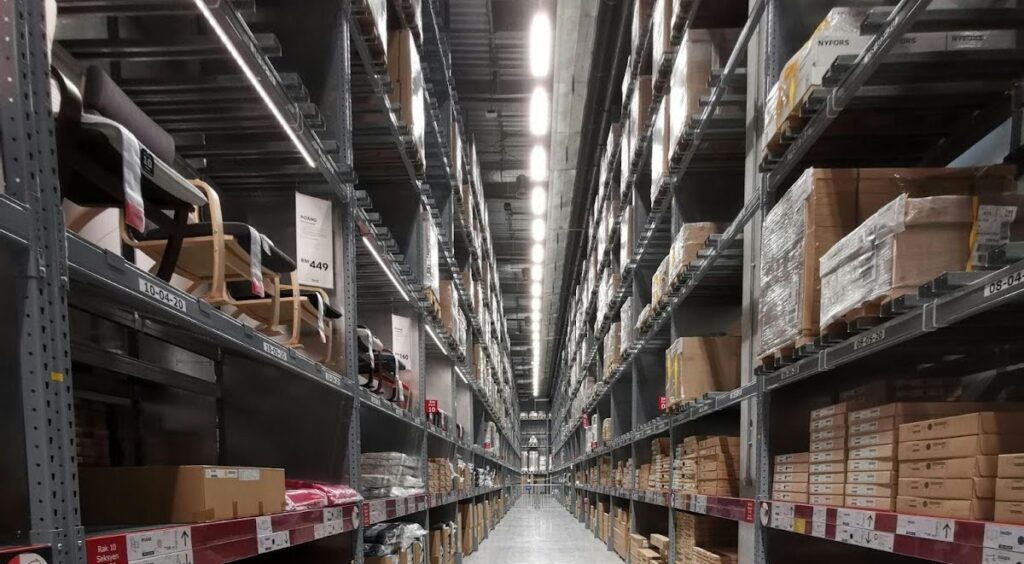
8 Types of Warehousing Processes
Warehousing is a critical link in the supply chain. It facilitates the storage, handling, and distribution of goods. Effective warehouse management can optimize inventory control and meet customer demands efficiently by utilizing a warehouse management system (WMS). Within this context, warehousing processes ensure smooth operations and maximize warehouse efficiency. This article discusses various warehousing […]
Read More
Inbound Logistics: Definition, Examples, and Process
Logistics is an essential aspect of any business, as it involves planning, organizing, and managing the flow of goods, services, and information from the point of origin to the point of consumption. It encompasses the entire process of sourcing raw materials, assembling products, and delivering finished goods to customers. Logistics can be divided into […]
Read More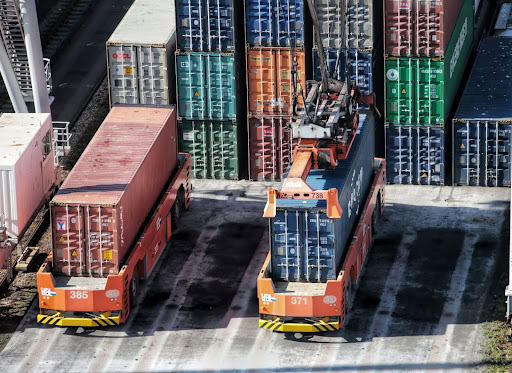
Drayage vs Intermodal: Explaining Two Connected Transportation Modes
Efficient logistics rely on different modes of transportation to move freight smoothly from one point to another. Two crucial methods are drayage and intermodal transportation, each serving distinct roles in the supply chain. Both methods handle goods efficiently but differ in scope and purpose. Drayage focuses on short-distance transport, often between transportation hubs like rail […]
Read More
Partial Trucking: Pros, Cons, and Why You Should Use It
Finding the perfect balance between shipping costs and efficiency can be challenging for businesses. Traditional options often fall short for shipments that are too large for LTL shipping but too small for a full truckload, leading to wasted space or higher expenses. This is where partial truckload (PTL) steps in, offering a smart solution that […]
Read More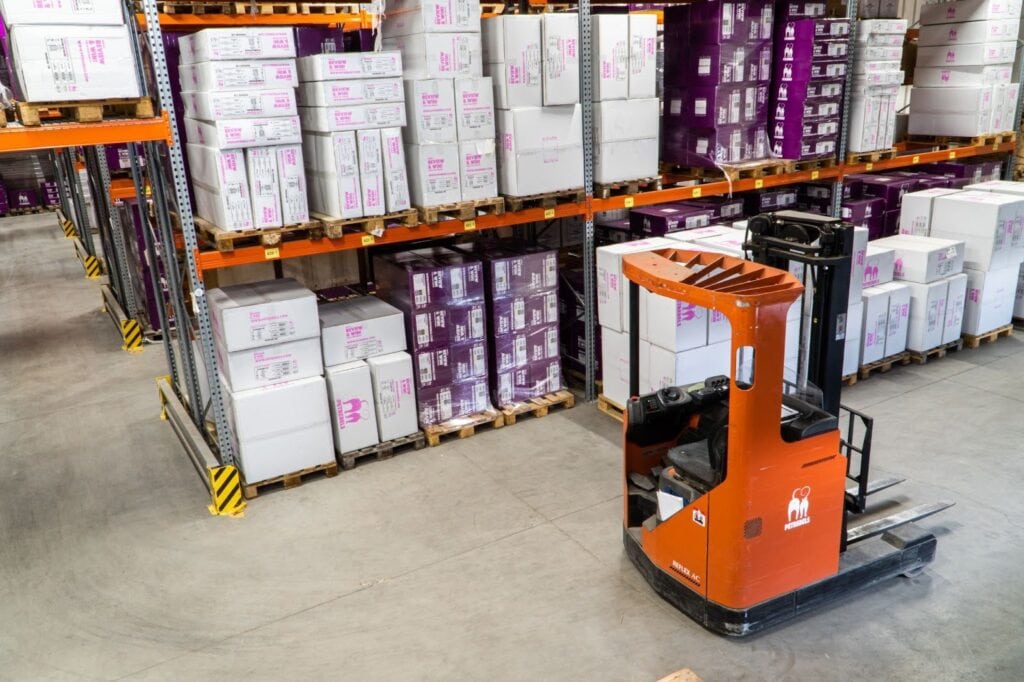
Warehouse vs. Inventory: Their Roles And Differences
Understanding the crucial differences between warehouses and inventory is essential for operational excellence in supply chain logistics. This article explores the roles and connections between warehouse capacities, inventory management, and their impact on inventory and warehouse operations in enhancing overall supply chain efficiency. Understanding Inventory Management Definition and Key Concepts Warehouse management is the […]
Read More
Transportation Management System: Meaning, Importance, and Benefits
Transportation management systems help manage various transportation activities such as shipping, tracking, and delivery. A transportation management system (TMS) — also referred to as a transport order management system, transportation management solution, on demand transportation management system, 3pl transportation management system, or integrated transport management system—benefits businesses by providing cost savings, improved efficiency, and […]
Read More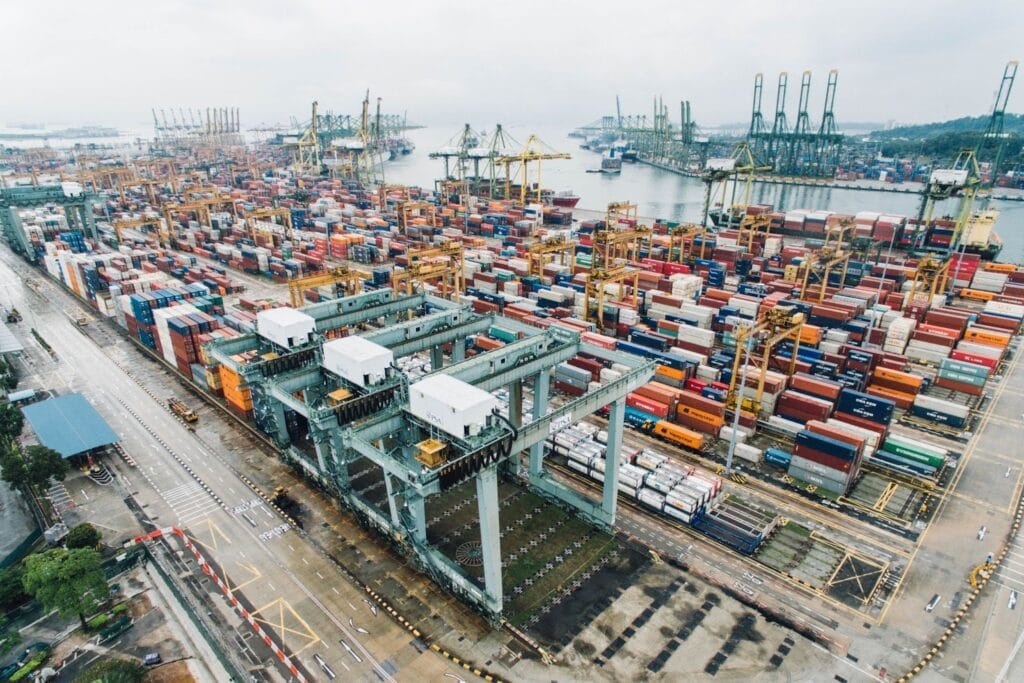
Inbound Logistics: Processes, Comparisons, and Optimization vs Outbound Logistics
Both inbound and outbound logistics play important roles in the processes, comparisons, and optimization of supply chain management that businesses must understand to achieve maximum efficiency. These two types of logistics are essential for the smooth functioning of an organization’s operations. This blog post will provide a thorough overview of inbound and outbound logistics, […]
Read More
Types of Train Cars: Definition and Use of Modern Rail Cars
Types of Freight Trains: Definition and Use of Modern Rail Cars Freight trains have been the backbone of modern industries for centuries, ensuring the seamless movement of commodities from one place to another. As the transportation landscape evolved, so did the types of freight trains, with rail freight transport growing increasingly sophisticated to handle diverse […]
Read More
Received for Shipment Bill of Lading: Definition, How It Works, and Importance
Received for Shipment: Definition, How It Works, and Importance Understanding the concept of ‘Received for Shipment’ is important in the shipping industry. This notation indicates that the carrier has received the cargo at the port facility for loading onto a specific vessel or voyage and serves to acknowledge receipt of the items for shipment. […]
Read More
Logistics Management: Definition, Functions, and Benefits
Logistics management functions encompass various activities and processes critical to the success of businesses across multiple industries. Understanding how these functions work and their importance is vital for any company aiming to optimize its supply chain, reduce costs, and improve customer satisfaction. From ensuring inventory management is spot on to navigating the complexities of […]
Read More
Supply Chain Risk Management: Definition, Examples, and Strategies
In an interconnected global economy, smooth supply chain operations are crucial to business success. Yet, with myriad variables and dependencies, supply chains are exposed to many potential disruptions and all types of supply chain risks. Enter supply chain risk management. Supply chain risk management is a strategic approach to identify, assess, and mitigate risks […]
Read More
Insourcing vs Outsourcing: Definitions, Advantages, Differences
As businesses seek to gain a competitive edge while controlling costs, understanding the nuances between insourcing and outsourcing is essential for their success. Throughout this blog post, we will dive into the definitions of both insourcing and outsourcing practices. Then, we’ll explore their advantages and potential drawbacks in various scenarios. Furthermore, we will provide insight […]
Read More
What is Gross Weight? Differences and Calculations vs Net Weight
International shipments need the net, gross, and tare weights to ensure vessels are not overloaded. In addition, the quotes, paperwork, and bill of lading indicate which weights, including the vehicle’s own weight, determine the shipment costs for the given freight company. Understanding the differences between the types of weights is critical to interpreting the paperwork. […]
Read More
Utility Box Trucks: What Are They, Essential Features, and Benefits
Utility box trucks are vital for small business owners in industries like construction, landscaping, and maintenance. These service and utility trucks provide essential storage, organization, and transportation for tools and equipment. Their versatility makes them indispensable for businesses that rely on efficiency and mobility. From keeping tools secure to offering a professional appearance, they meet […]
Read More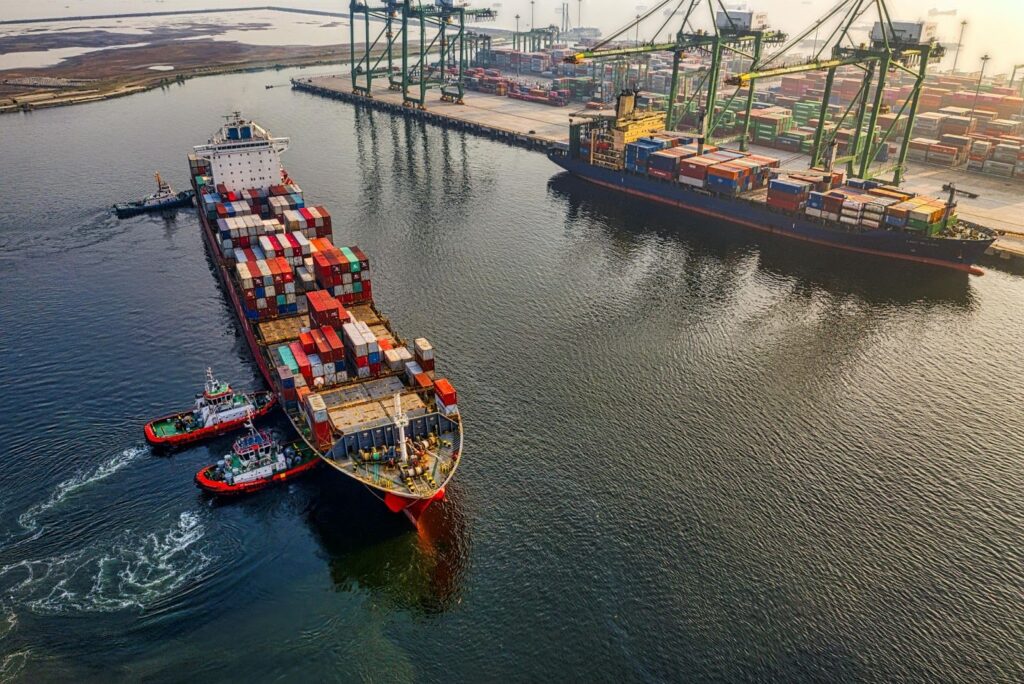
Shipper Owned Container (SOC): What It Is, Types, and Benefits
Shipper owned containers (SOCs) offer businesses more control over their shipping needs and flexibility compared to carrier owned containers (COCs). These shipping containers are purchased or leased by businesses, allowing them to manage container ownership without relying solely on shipping lines. In recent years, the use of SOCs has grown significantly, with businesses increasingly looking […]
Read More
Work in Progress (WIP) Inventory: Definition, Importance, and Calculations
Understanding and managing work in progress inventory is essential for keeping your production process efficient and reducing manufacturing costs.
Read MoreShipping Container Sizes: Dimension, Costs, and Types
Efficient cargo management starts with understanding the right shipping container sizes for your specific needs. Every shipment relies on selecting the appropriate container to ensure safe, cost-effective transportation. Whether you’re moving standard dry goods or delicate, temperature-sensitive items, the dimensions and features of shipping containers are crucial. Picking the wrong container can lead to wasted […]
Read More
Raw Materials Inventory: Explanation, Benefits, and Tips
Understanding how to manage raw materials inventory is crucial for smooth business operations. By implementing best practices like regular audits, using software, and improving inventory turnover, businesses can control costs and optimize their production process.
Read More